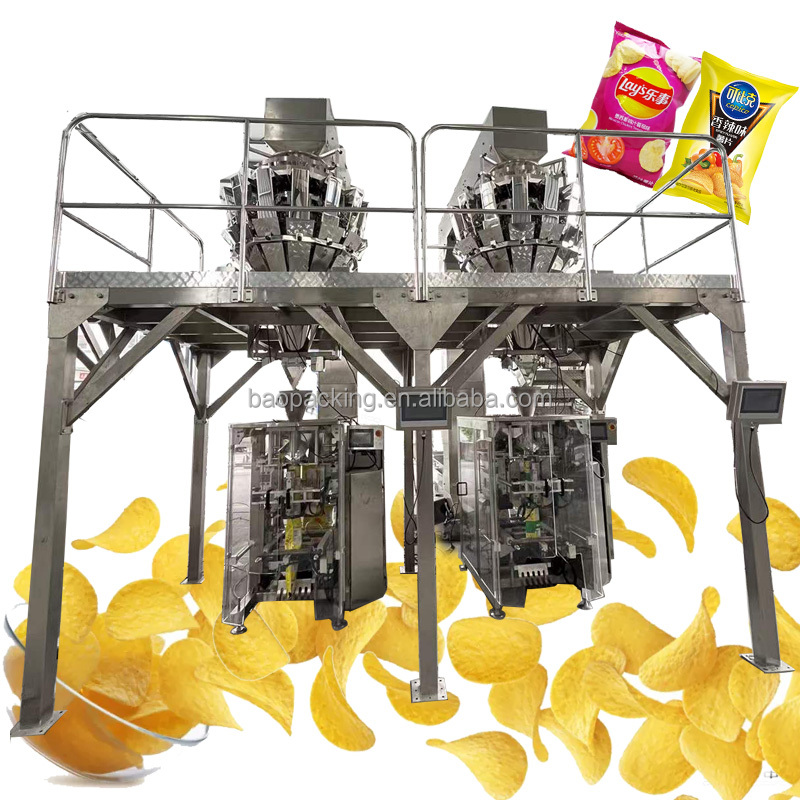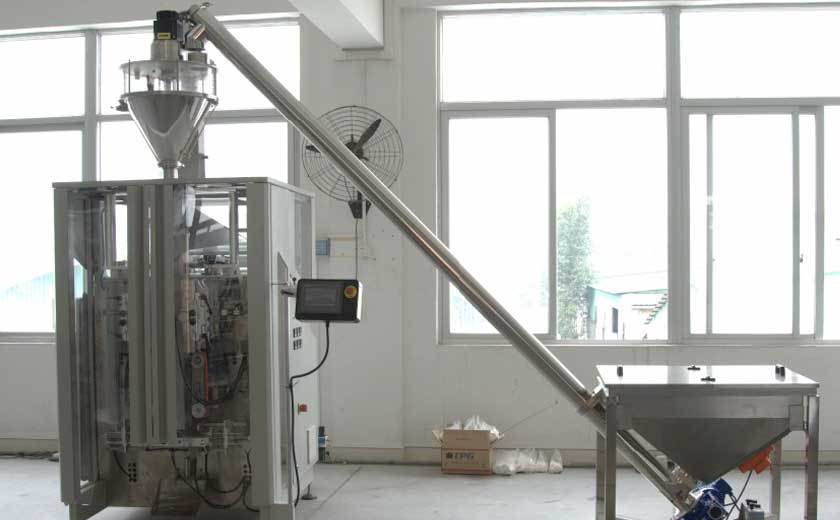Safety Standards for Net Weight Filling Machines
Safety Standards for Net Weight Filling Machines: Ensuring Flawless Fills with Precision
In the realm of industrial automation, precision is paramount. For net weight filling machines, the ability to accurately dispense a precise amount of product into containers is not just a matter of efficiency; it’s a matter of safety.
Safety standards for net weight filling machines are essential to prevent accidents, injuries, and product contamination. These machines operate with high-speed moving parts and hazardous materials, making it crucial to implement rigorous safety measures.
Essential Elements of Safety Standards
Machine Guarding: Shields, interlocks, and barriers must be in place to prevent operators from coming into contact with dangerous zones.
Electrical Safety: Wiring, grounding, and circuit protection must conform to industry standards to minimize electrical hazards.
Mechanical Safety: Regular maintenance and inspection are vital to ensure moving parts function properly and prevent breakdowns.
Operator Training: Operators must be thoroughly trained on safe machine operation, emergency procedures, and maintenance protocols.
Emergency Stop Buttons: Clearly marked, easily accessible emergency stop buttons allow operators to halt the machine quickly in hazardous situations.
Benefits of Adhering to Safety Standards
Reduced Risk of Accidents: Proper guarding and training minimize the likelihood of injuries to operators or nearby personnel.
Increased Productivity: Safe machines operate efficiently, reducing downtime due to accidents or breakdowns.
Lower Liability: Adhering to safety standards reduces the risk of lawsuits and liability claims related to accidents.
Improved Product Quality: Accurate filling ensures consistent product quality and prevents over- or under-filling, which can impact product integrity.
Enhancing Safety with Automation
Advanced technologies can further enhance safety in net weight filling operations. Automation features such as:
Vision Systems: Inspect containers for defects and ensure proper placement.
Weigh Cells: Monitor product weight to provide real-time feedback and adjust fill parameters accordingly.
Automated Line Monitoring: Detect and respond to potential hazards or malfunctions.
By incorporating safety standards into the design, operation, and maintenance of net weight filling machines, manufacturers and users can create safer work environments, improve efficiency, and enhance product quality. It’s a win-win situation that protects workers, preserves assets, and ensures the flawless filling of products with precision.
-

Overview of Packaging Machine Buying Guides
08-01-2024 -

How Does a Vertical Form Fill Seal Machine Work?
30-10-2023 -

Advancements in Auger Powder Filling Technology
27-10-2023 -

A Deep Dive into Automatic Packaging Machines
26-10-2023 -

The Revolutionary Fully Automatic Potato Chips Packaging Machine
20-09-2023 -

How to choose the right packaging machine?
23-08-2023 -

Reducing Waste And Maximizing Yield With Multihead Weigher Machines
15-03-2023 -

Nuts Packaging Machine for Dry Products Perservation
26-11-2022 -

Is Automated Biscuit Packaging Machine Better Than Manual Opeartion?
25-11-2022





